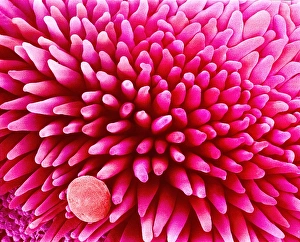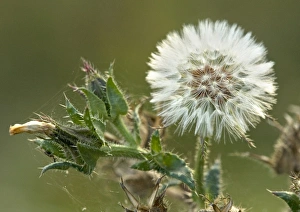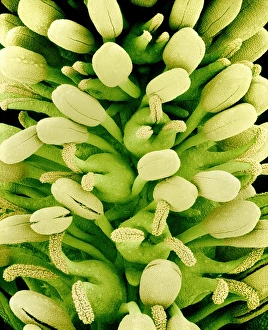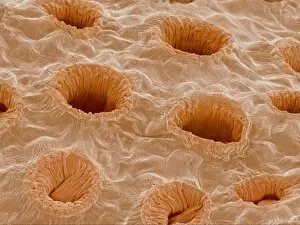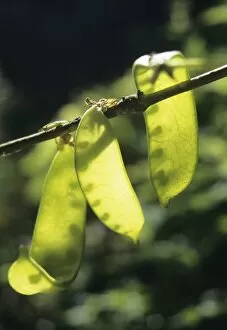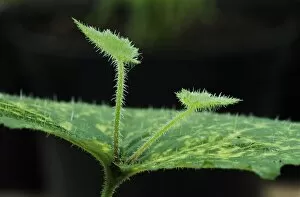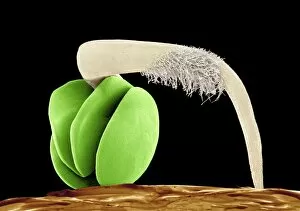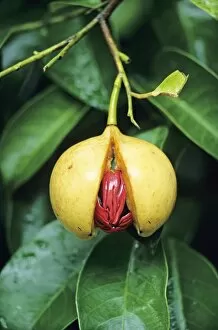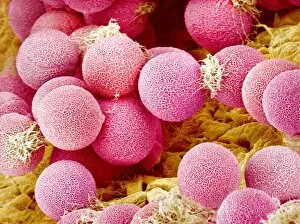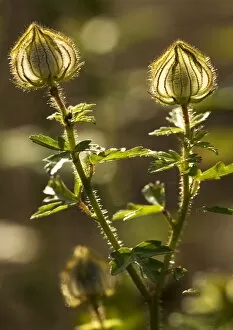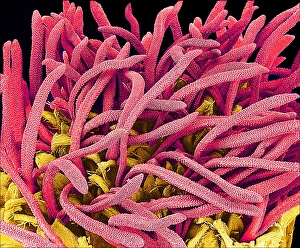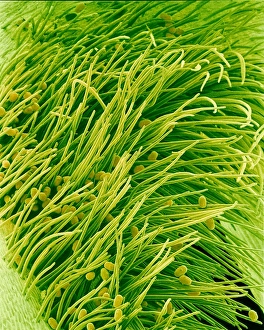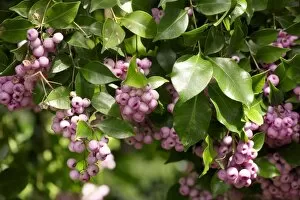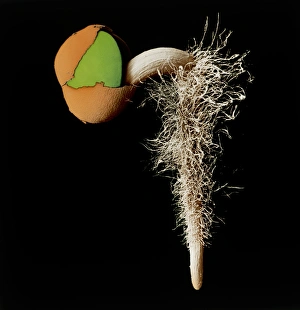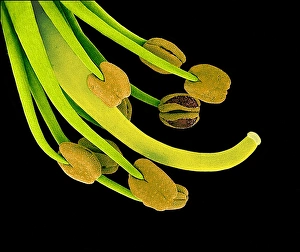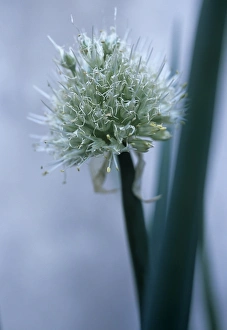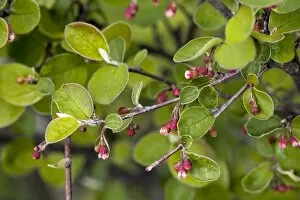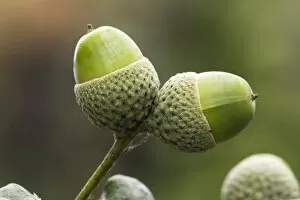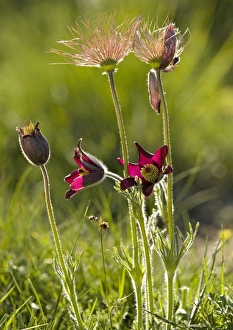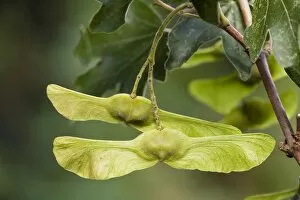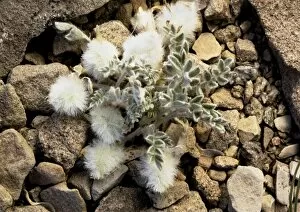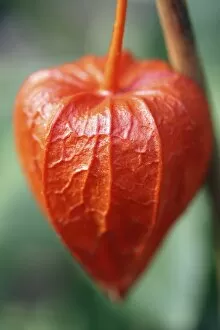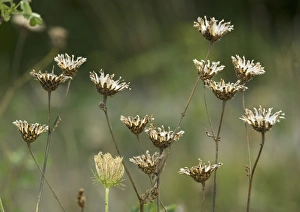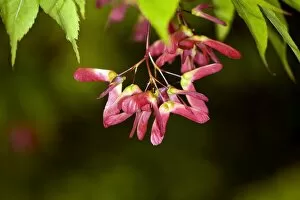Re Production Collection (page 36)
Exploring the wonders of reproduction through time and nature
All Professionally Made to Order for Quick Shipping
Exploring the wonders of reproduction through time and nature. 🌍🔬 From the intricate Catalan Atlas of the 14th century to Da Vinci's innovative crossbow, humans have always sought ways to understand and enhance reproduction. Witness the ancient mating rituals of Tyrannosaurus rex dinosaurs captured in fossils, or marvel at the microscopic beauty of a uterus lining during menstruation under an SEM microscope. Delve into the miracle of life with illustrations showcasing the human placenta or observe English oak acorns as they prepare for their own reproductive journey. Discover nature's secrets with stunning images of geranium anthers and dahlia flower pollen magnified by SEM technology. Follow maple seed flight paths as they embark on their quest for new beginnings, just like Robert Louis Stevenson once wrote about in his captivating works on reproduction. Dive deep into marine life with sea cucumbers, fascinating creatures that possess unique methods of reproduction. And finally, explore the intricate world of plant fertility with mesmerizing SEM images capturing pollen grains in all their glory. Join us on this incredible journey through time and nature as we unravel the mysteries behind 'reproduction'.

